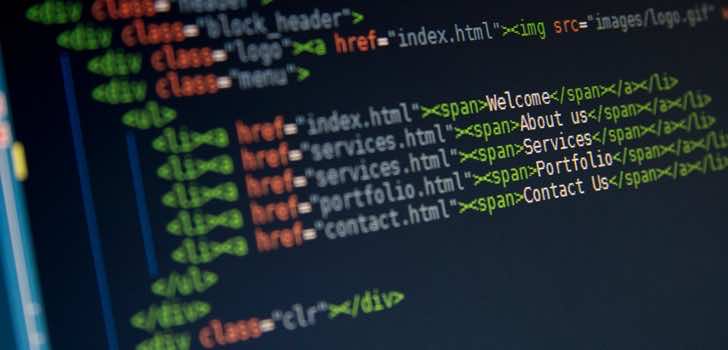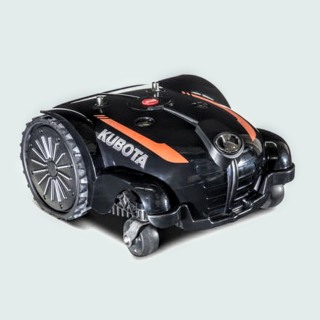Artificial Intelligence (AI) has revolutionized numerous industries, and one particular of its well known applications is in code generation. AI-powered code generators will be transforming software development by automating repeated tasks, accelerating the development process, plus improving code high quality. In this article, we explore several real-world examples in which AI code power generators are already successfully employed across different domains.
1. TabNine by Gesetz
TabNine is an AI-powered computer code completion tool created by Codex (formerly known as GitHub Copilot). It uses a deep mastering model trained about a vast campione of code by GitHub to supply intelligent code ideas and completions. Designers can write program code more proficiently by leveraging TabNine’s ability to be able to understand context and generate accurate computer code snippets in timely.
Real-World Impact: Numerous developers have noted significant productivity benefits with TabNine, reducing the time invested in writing boilerplate code and debugging popular errors. It has been particularly beneficial in speeding upwards the development of complex algorithms and integrating fresh features into existing codebases seamlessly.
two. DeepCode
DeepCode is usually an AI-powered program code review platform in order to developers identify pests, security vulnerabilities, and satisfaction issues in their particular code. It employs machine learning designs trained on hundreds of thousands of open-source repositories to provide doable insights and ideas for improving signal quality.
Real-World Effect: Companies using DeepCode have seen a decrease in the number regarding bugs shipped in order to production and superior overall software reliability. By integrating AI-driven static code research into their work flow, developers can proactively address potential concerns before they turn, thereby saving some resources in the particular long run.
3. Codota
Codota is surely an AI-powered code finalization tool designed specifically for Java and Kotlin developers. It assesses millions of widely available Java repositories to supply intelligent code suggestions, improve coding efficiency, and support developers learn best practices.
Real-World Impact: Developers using Codota have reported quicker coding workflows, improved code readability, in addition to reduced cognitive fill. By suggesting related code snippets and APIs based about the current circumstance, Codota enables developers to write computer code more confidently and efficiently, thereby quickly moving product development cycles.
four. Kite
Kite is certainly an AI-powered code assistant that works with with popular computer code editors like COMPARED TO Code and Atom. It provides context-aware code completions, records, and examples immediately within the editor, making it easier for builders to write high-quality code quickly.
Real-World Effect: By leveraging Kite’s AI capabilities, programmers can explore new libraries, APIs, and coding patterns without leaving their development environment. This integration fosters an even more seamless coding expertise and empowers developers to focus read more about solving problems and fewer on mundane code tasks.
5. Embracing Face’s Transformers
Hugging Face’s Transformers collection is a cutting edge natural language control (NLP) library of which includes pre-trained top models for various NLP tasks, including program code generation. Using go to my blog like GPT (Generative Pre-trained Transformer), designers can fine-tune AJE models to generate program code snippets based upon all-natural language prompts.
Real-World Impact: Developers in addition to researchers buy Transformer repair to automate tasks such as outlining code, generating code from comments or perhaps documentation, and sometimes creating entire features or scripts. This specific approach not just boosts development but additionally frees up new possibilities for AI-driven computer software engineering.
Conclusion
AI code generators will be transforming the surroundings of software advancement by automating repeating tasks, improving signal quality, and accelerating innovation. Real-world cases for example TabNine, DeepCode, Codota, Kite, and Transformers demonstrate the diverse applications of AI in program code generation across distinct programming languages plus domains. As AJAI continues to progress, its role found in software development will likely expand, further boosting developer productivity in addition to pushing the limits of what’s achievable in coding







Deja una respuesta